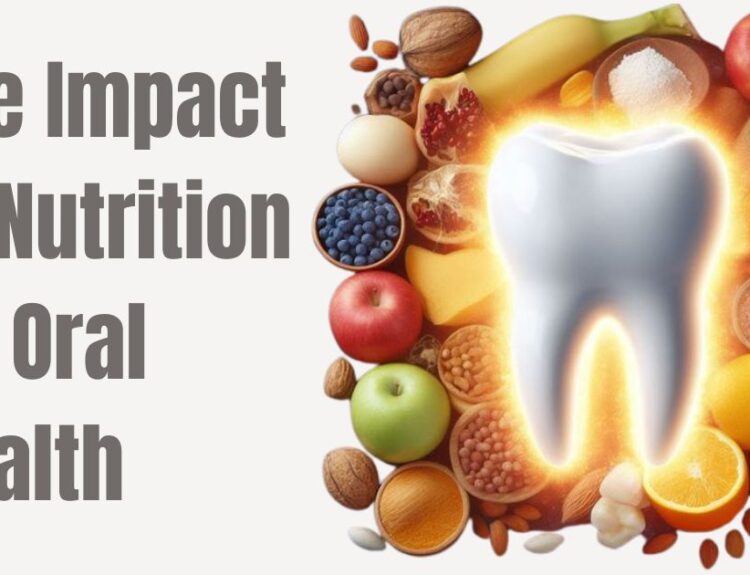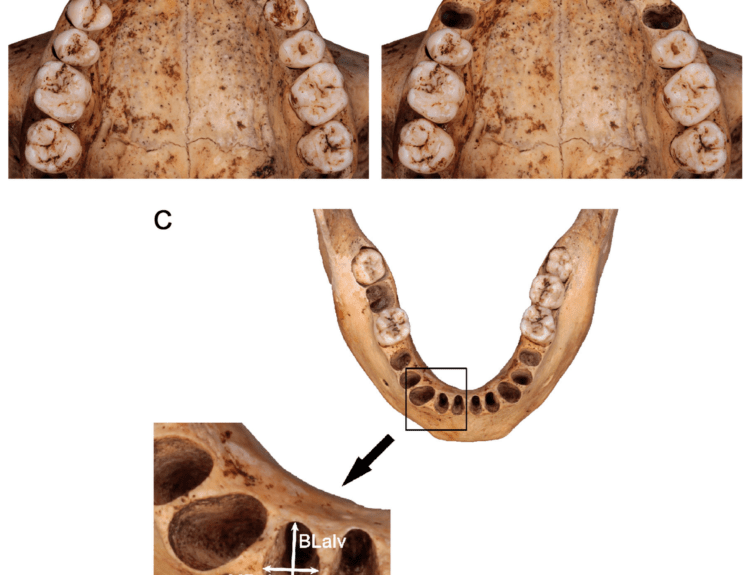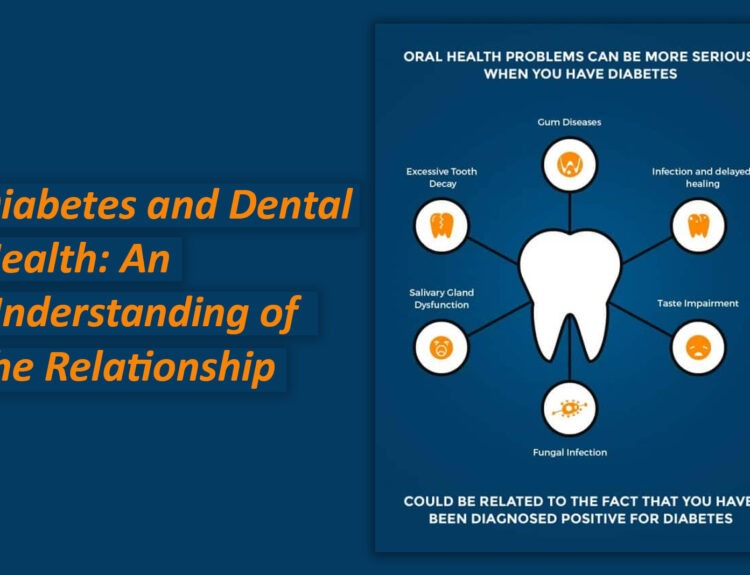Extrinsic stains
They are caused by external factors that allow colored compounds to deposit on the enamel cnsequently maing them look ugly. Common causes include:
Food and Drinks including Coffee, tea, red wine, berries, curry, and other foods and beverages with strong pigments gradually stain the enamel. Moreoveer, acidic drinks like soda and citrus juices can erode enamel, making it easier for pigments to stick.
Tobacco smoking and chewing introduce tar and nicotine to the mouth, which are easily absorbed by enamel. Tobacco use stains teeth, particularly in areas where tobacco particles linger. This leads to yellow and brown discoloration.
Inadequate brushing and flossing allow plaque buildup, which is more prone to absorbing stains from food, drink, and other sources. It consequently give rise to gums infetion.
Some mouth rinses, especially those containing chlorhexidine or cetylpyridinium chloride, stain teeth with prolonged use. Medications like liquid iron supplements can also contribute to extrinsic staining.
Intrinsic stains
Intrinsic Teeth staining occur within the structure of the tooth, usually in the dentin (the layer under the enamel), making them harder to treat. Its causes include:
Antibiotics like tetracycline or doxycycline can cause intrinsic stains if taken by a pregnant mother or by a child under the age of 8. This is because teeth are still forming at this stage. Consequently, the result is often a gray or brownish discoloration.
High levels of fluoride: Getting too much fluoride can lead to fluorosis. This can happen from drinking fluoridated water, taking fluoride supplements, or using too much fluoride toothpaste. Fluorosis ultimately causes white spots or streaks on the teeth. In severe cases, it can nevertheless, cause brownish patches on the enamel.
Injury to a tooth can disrupt enamel formation. This can lead to darkening or graying of the affected tooth. This is especially true for children with developing teeth.
Cavities or underlying decay can discolor teeth, often appearing as brown, gray, or black stains.
Some people naturally have thinner or more translucent enamel, making their teeth appear more yellow or gray, as the dentin underneath is more visible.
Age
Natural wear and tear on our teeth combines extrinsic and intrinsic factors: Enamel wears down with age, revealing more of the yellowish dentin underneath. This natural process can make teeth appear yellower or darker.
Decades of exposure to staining foods, drinks, and potential environmental factors lead to cumulative staining. Even those with good oral hygiene will experience some degree of staining simply from long-term enamel exposure. Aging brings a greater use of medications or changes in health conditions that subsequently impact teeth. Certain high blood pressure medications, anti allergy, and antipsychotic drugs cause dry mouth, which reduces saliva natural cleaning effect and increases the risk of staining.






